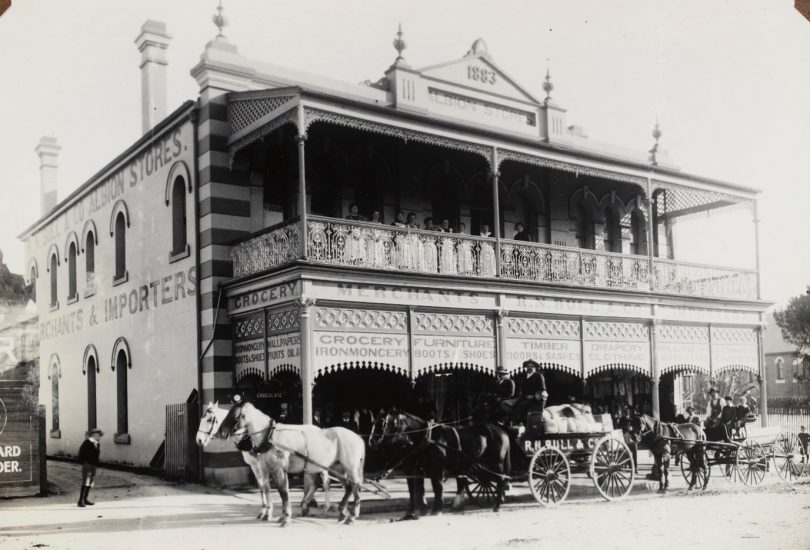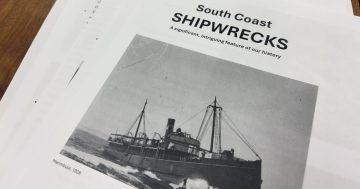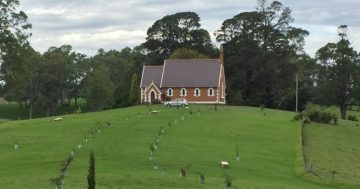
The original road into Bega that crossed the Bega River at the bottom end of Auckland Street. Photo: State Library of NSW.
The first major project produced during the past 80 years detailing the interesting, and in some cases still tangible, history of Bega has been released and is available online for free.
The people behind Fascinating Bega: The Anatomy of a Town, 1851-2021 say the publication is available, but it is not yet complete because it’s an evolving project they hope to add more information to over time.
“History is never something that is finished,” says South Coast History Society president Peter Lacey. “You can always look at history through different eyes.
“We’re still seeking information about the town, about properties in the town, about businesses in the town to add to this history.
“As this is received, it will be added to our files, ultimately giving everyone – now and into the future – a much better understanding of the entire history of this unusually interesting town.”
Fascinating Bega, initiated by the South Coast History Society as well as the Bega Valley Historical Society, includes a huge amount of information supplied by Bega locals about the development of the town, along with numerous historical pictures.
“It is such an interesting history, and it’s something that isn’t widely known,” says Peter.
A spokesperson for the project says it is a far more detailed history of the town than any that have been previously compiled, and is the first significant project since WA Bailey’s A History of Bega, which was written in 1942.

RN Bull & Co’s Albion Stores was a landmark in Church Street, Bega. In 1910, a massive fire destroyed this store, and soon thereafter Carp Street became Bega’s main street. Photo: State Library of NSW.
Fascinating Bega includes the stories of individual streets in the town, and even the stories of individual houses and businesses that are located in, or once stood in, those streets.
“There are, for example, at least 100 buildings surviving in Bega township that have heritage value and have very interesting stories associated with them,” says Peter.
“But many of their stories are not widely known. However, these deserve to be told – for example, on nearby signage – that explains their incredibly important historical significances.”
Peter says what struck him as significant about the history detailed in Fascinating Bega was that a lot of it is still present in the town.
He says at the corner of Carp Street and Auckland Street, in the town’s centre, many buildings still have 1930s-style Art Deco facades, but these generally went unnoticed as people passed them without looking.
Also, he says under some of the Commercial Hotel’s awnings there are ceilings that show examples of pressed metal Art Deco.

Littleton House was originally a ‘gracious residence fit for a gentleman and his lady’, then a private day and boarding high school for girls, then the Rectory for St John’s Church of England, then a boarding hostel for girls attending Bega High School, then a technical college. Photo: Supplied.
“Most people wouldn’t look up to see it,” says Peter.
The compilation of this new history has already led to some other events, including a history-based bus tour of Bega in late February which, due to its popularly, has resulted in three additional tours being scheduled for April.
Also, a history-based walking tour of Carp Street will be held later this year.
To contribute additional information about Bega’s history or about the histories of individual properties or businesses in Bega, or to join the free 90-minute bus tour of Bega on 30 April, call Peter Lacey on 0448 160 852.
To read Fascinating Bega, click here.













